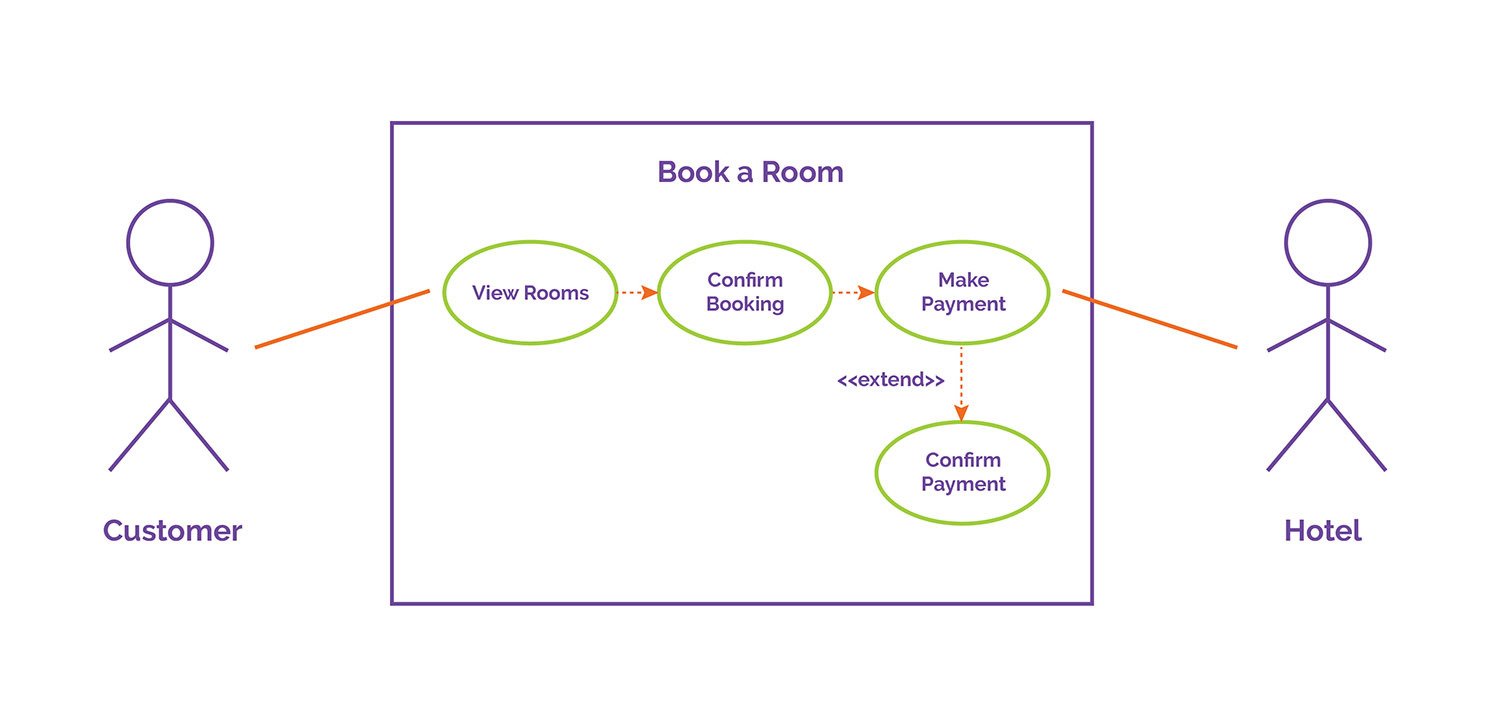The new Hertz© website was just in the news, but not for a good reason. According to “The Register” car-rental giant Hertz hired the global consulting firm Accenture© - for $32 Million Dollars - to redesign its new site - and they are now suing them over failure to deliver as expected.
So, how exactly do you screw up a $32 Million website project? Not only did Accenture miss deadlines and several extensions - turning what was supposed to be a one-year project into over two and a half-years of delays, they also failed to deliver a responsive website and properly test the security and stability of its code.
Nightmare, right? But actually, it could have all been prevented. Clearly, Hertz had one thing in mind (a modern, fully functioning and secure website that works on mobile, tablet and desktop) and Accenture had different plans. To be fair, we do not know what stumbling blocks Accenture had - they refused to comment for the story. But that disconnect in expectations is a huge part of the rift between the two companies. You may not have a $32 million budget, but you should receive what you expected for your new website. Being clear about what will be delivered is a major component of a successful website project.






